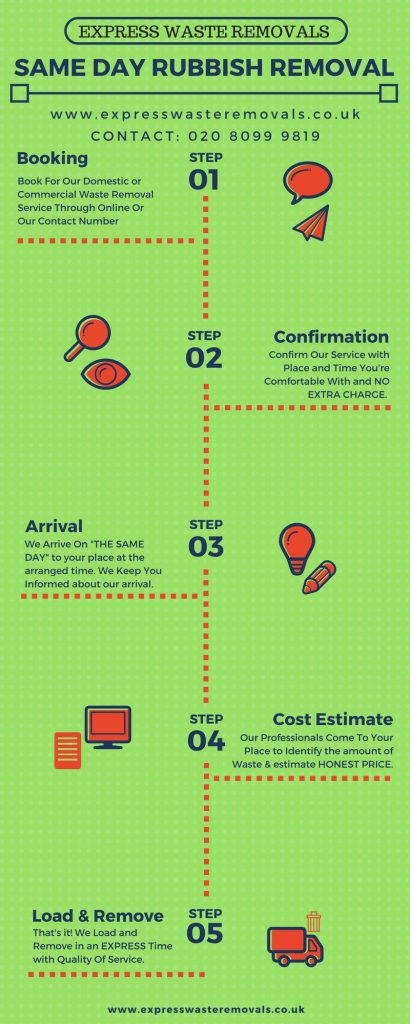Exactly How To Pick The Right Dumpster Dimension For Your Project: A Comprehensive Guide
Exactly How To Pick The Right Dumpster Dimension For Your Project: A Comprehensive Guide
Blog Article
Authored By-Ellington Davies
When embarking on a job that requires a dumpster, the dimension you select can significantly impact its effectiveness and cost-effectiveness. Visualize having the perfect container that accommodates all your waste without being exceedingly big or too tiny. Everything begins with understanding the nuances of your task and choosing a dumpster dimension that lines up with your certain demands. So, before you choose, take into consideration the elements at play to ensure a seamless waste management procedure from start to finish.
Variables to Think about
When deciding on the ideal dumpster dimension, there are a number of vital elements to take into consideration.
Initially, consider the sort of waste you'll be taking care of. Various products may require varying amounts of space, so comprehending what you'll be placing in the dumpster is critical.
Next, evaluate just click the following webpage of waste you anticipate to generate. If you take too lightly the volume, you might need to make numerous trips to dispose of whatever, which can be bothersome and costly. On large trash bin rental , renting out a dumpster that's too large can bring about unnecessary expenditures.
Additionally, think about the area where the dumpster will be put. Make sure there's read article for the dumpster to be delivered and gotten without any obstructions.
Finally, think of any weight restrictions that might use. Going beyond https://www.bellinghamherald.com/news/local/article275461871.html can lead to extra costs or even the refusal of service.
Dumpster Size Options
For choosing the appropriate dumpster dimension, it's necessary to have a good understanding of the available alternatives. Dumpster sizes normally range from 10 to 40 cubic lawns, with variants in between.
A 10-yard dumpster appropriates for small jobs like a garage cleanout or a tiny restoration. If you're tackling a medium-sized job such as a cooking area remodel or a cellar cleanout, a 20-yard dumpster may be the best selection.
For larger tasks like a whole-house renovation or business building and construction, a 30 or 40-yard dumpster could be better to suit the quantity of waste generated.
When choosing a dumpster size, think about the quantity and sort of particles you anticipate to throw away. It's better to choose a somewhat bigger size if you're uncertain to avoid overfilling. Remember, it's even more cost-effective to rent out a dumpster that fits your requirements rather than needing to buy an additional one.
Matching Size to Task
Ideally matching the dumpster size to your job is critical for effective waste management. To establish the right dimension, consider the scope and nature of your job.
For small family cleanouts or restorations, a 10-yard dumpster might be enough. These are usually 12 feet long and can hold about 4 pickup truck lots of waste.
For bigger jobs like remodeling several rooms or cleaning out a huge estate, a 20-yard dumpster could be more suitable. These are around 22 feet long and can hold roughly 8 pickup truck loads.
If you're dealing with a significant construction task or commercial restoration, a 30-yard dumpster could be the very best fit. These dumpsters have to do with 22 feet long and can accommodate about 12 pickup loads of debris.
Matching the dumpster dimension to your project guarantees you have sufficient space for all waste materials without paying too much for unused ability.
Final thought
Finally, choosing the best dumpster size for your task is crucial for efficient waste disposal. By considering aspects like the type and quantity of waste, area accessibility, weight restrictions, and budget plan constraints, you can guarantee you have the appropriate size dumpster for your needs. Make certain to match the size of the dumpster to the scope and nature of your task to prevent overspending on unneeded costs.
